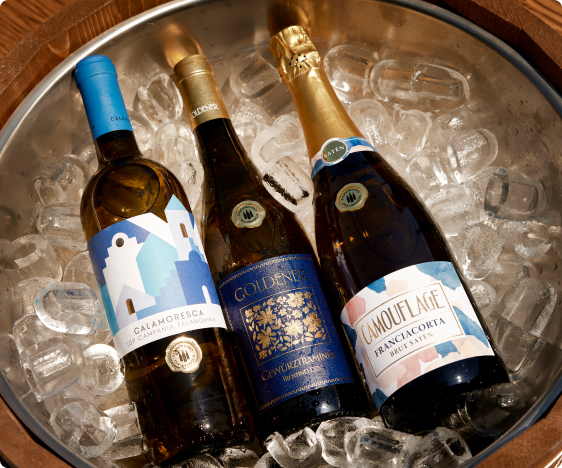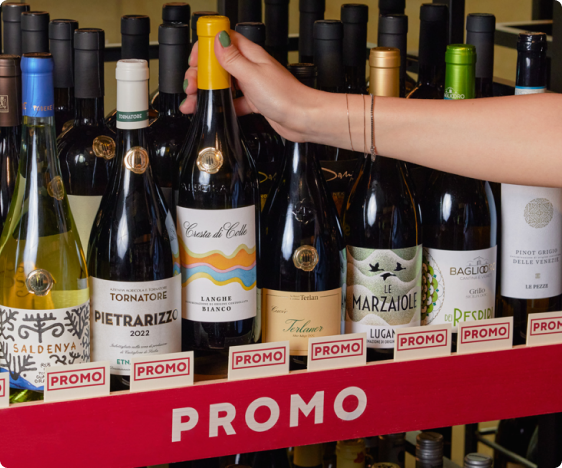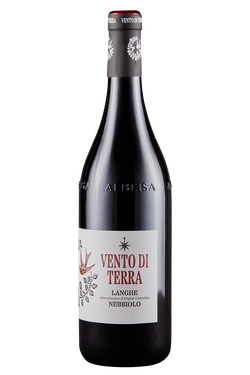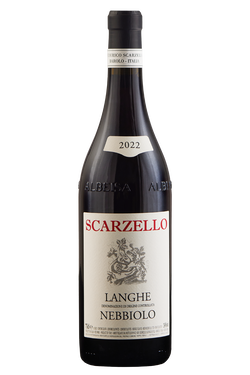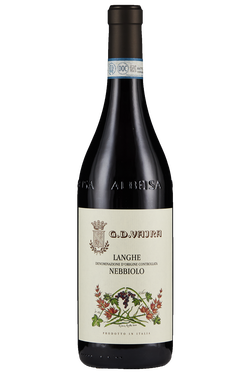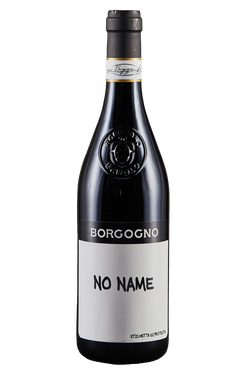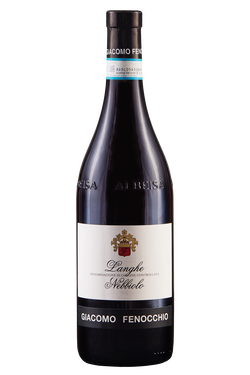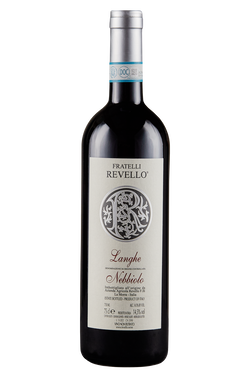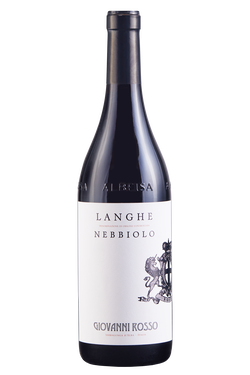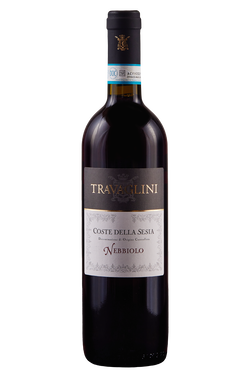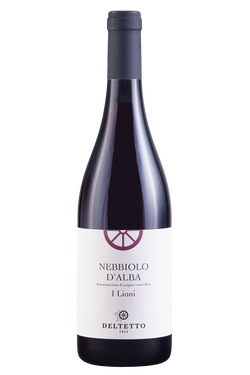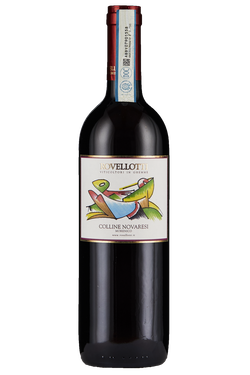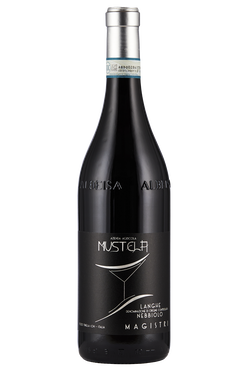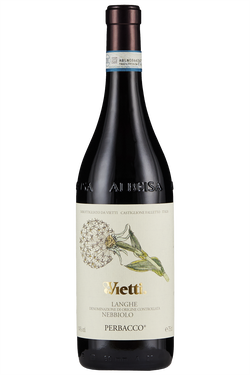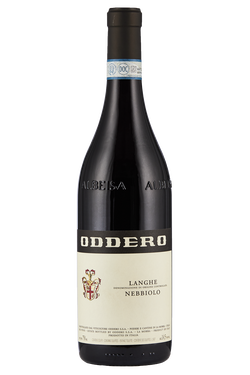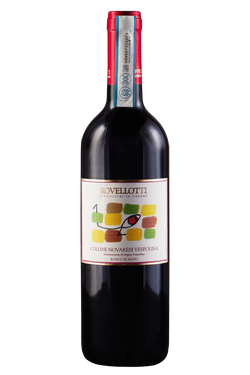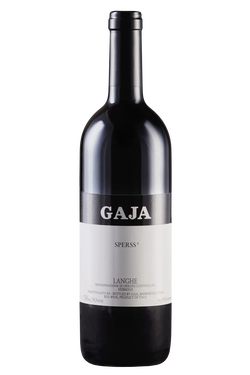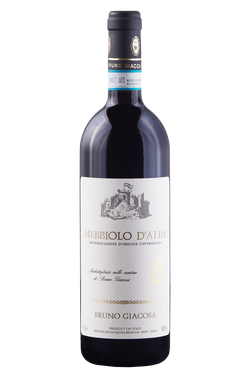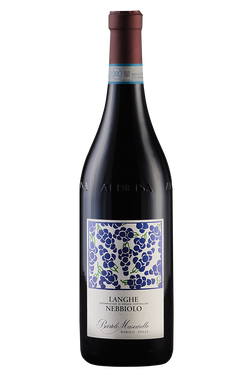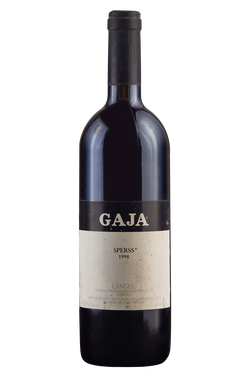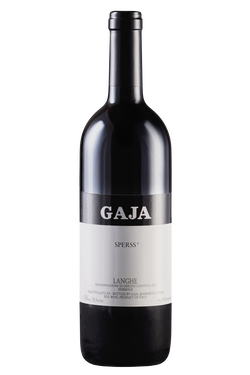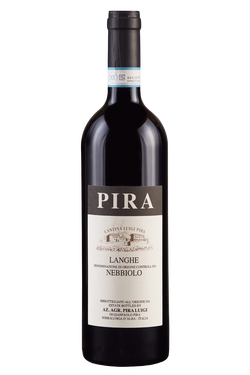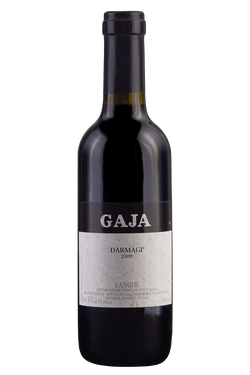The history and qualities of Nebbiolo
The presence of this variety in Piedmont probably dates back to the 1st century, even though the first mentions of it under the name Nebbiolo are from the 13th century. The origin of the name is controversial: some think it is linked to the abundant bloom on the grapes, others trace the etymological roots to its late harvest which coincides with the appearance of the first autumn fog (nebbia in Italian). It is said that as early as the 15th century Nebbiolo wine was held in such high esteem that anyone who cut down a plant would have their right hand cut off as punishment. The taste and grandeur of Nebbiolo wines vary by vineyard and by region, a factor that reflects the enormous importance of terroir to this variety. Young wines show delicate hints of berries and floral notes, especially rose, but over the years more complex tertiary notes of leather, tobacco and even tar appear. The taste is always intense, full-bodied and rich in tannins, even if wines with greater ageing potential can sometimes be more rugged in their youth.
Production areas
Nebbiolo is grown in northern Italy, with the best expressions coming from Piedmont and Lombardy. In the southern part of Piedmont, on the right bank of the Tanaro river, it produces two of Italy’s best wines: Barolo and Barbaresco, whose names derive from the homonymous hill towns in the heart of the Langhe. The variety is however widespread throughout the region, forming the basis for a wide range of Nebbiolo wines, in both DOCG (Roero, Ghemme, Gattinara and Carema) and DOC (Nebbiolo d’Alba, Langhe Nebbiolo, Fara and Lessona, just to name a few) versions, somewhat simpler and certainly cheaper than their two more prestigious “cousins”, but in any case an excellent way of getting to know this extraordinary variety. In Lombardy, where it is known as Chiavennasca, it produces excellent reds, and constitutes 90% of the blend of Valtellina Rosso DOC, Superiore and Sfursat DOCG. Outside Italy it is found in limited quantities in South America, where high yields often severely penalize quality, and in California and Australia, probably introduced in the past by Italian immigrants.
The Nebbiolo variety
Nebbiolo is a somewhat demanding and delicate variety from an environmental and climatic point of view, but in the right habitat can give good yields, although these are inconsistent from year to year. It is one of the last varieties to be harvested in Piedmont, usually in late October. Due to its relatively late ripening, it is generally grown on hills facing south or southwest, where the type of soil plays an important role. Nebbiolo prefers soils rich in limestone and marly sediments capable of endowing the wines with complex aromas, and resulting in an excellent balance between acidity and tannins. When grown on sandy soils, Nebbiolo shows a more delicate, soft, less rugged character. It is generally vinified as a monovarietal, since this complete, balanced grape is capable of giving stable, superbly-structured, ageable wines. Modern winemakers now use temperature-controlled fermentation methods to soften tannins and help maintain Nebbiolo’s aroma and flavour.
Nebbiolo and food: the perfect pairing
Nebbiolo is a fairly versatile wine when it comes to food pairings, but you will need to choose foods that can balance its high tannin content and marked acidity. It goes well with pasta and rice dishes with rich meat sauces, as well as with platters of cured meats and mature hard cheeses. But it is also the ideal wine for some specialties based on the prestigious Alba truffle and other delicacies typical of Piedmont cuisine, such as agnolotti del plin. Cuts of beef such as rib or spare ribs are particularly suitable for this wine, as are sausages, duck and pork shank. The great wines of Barolo, Barbaresco, Ghemme and Gattinara will require richer dishes such as braised game (hare, wild boar, deer) or mature cheeses such as pecorino ubriaco. Younger wines such as Nebbiolo Langhe or Roero pair exceptionally well with boeuf bourguignon, a fillet of beef or even pasta with a good meat sauce.
